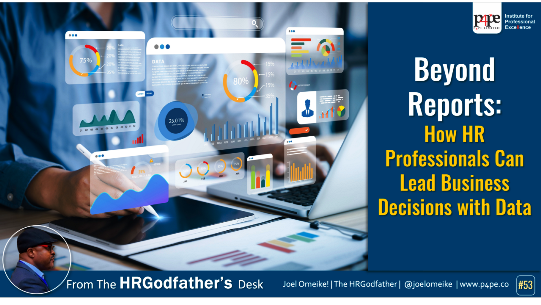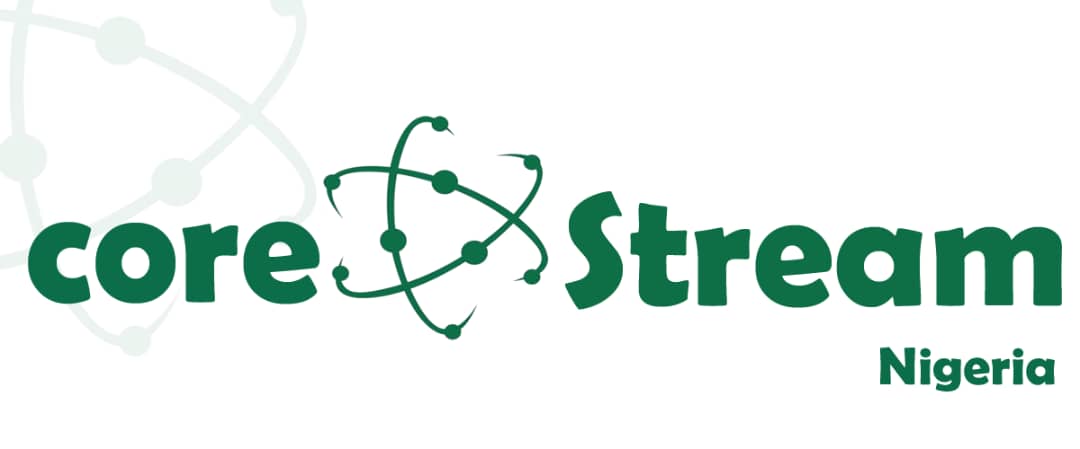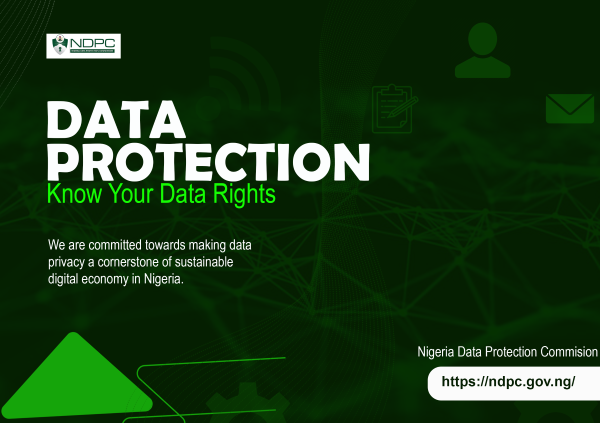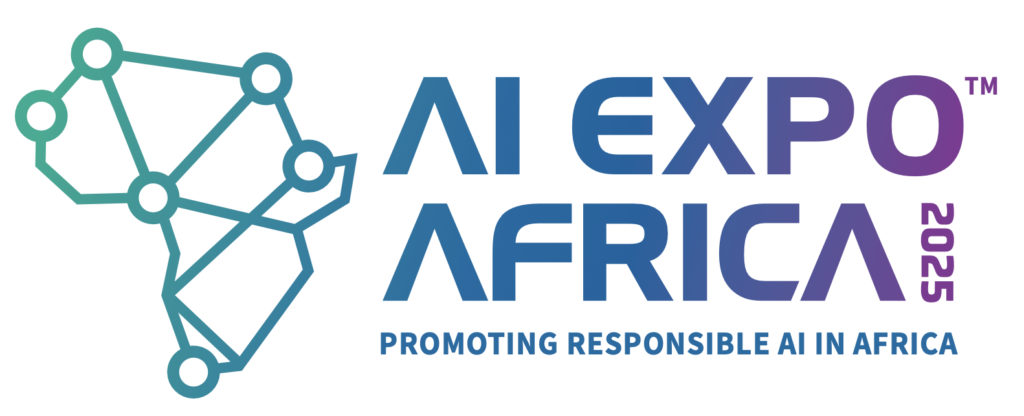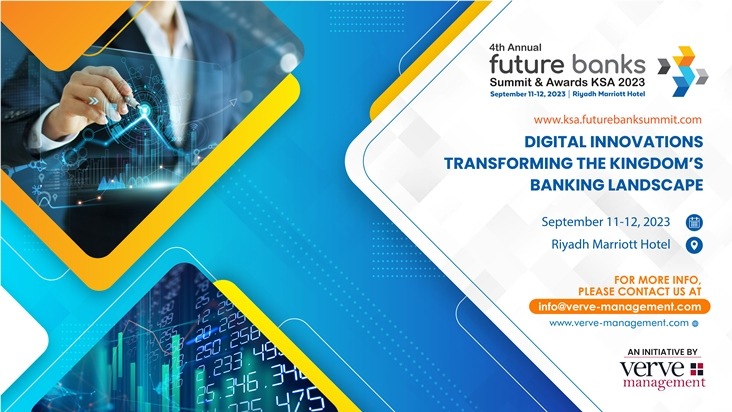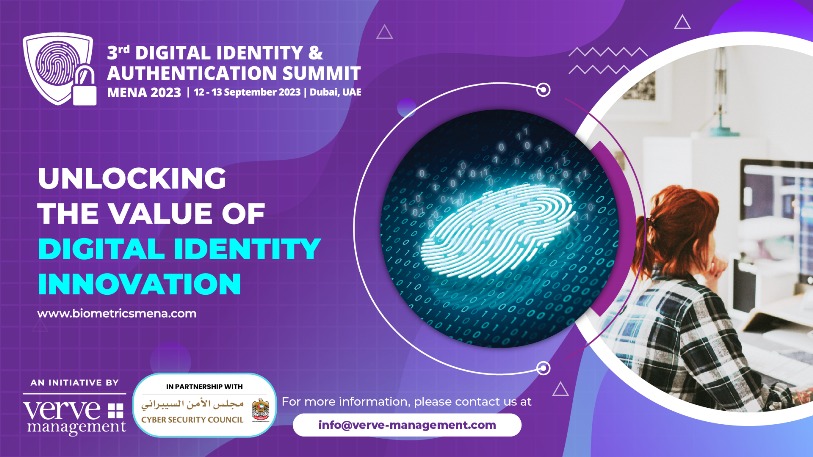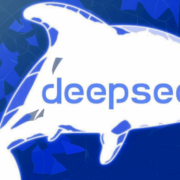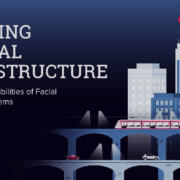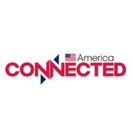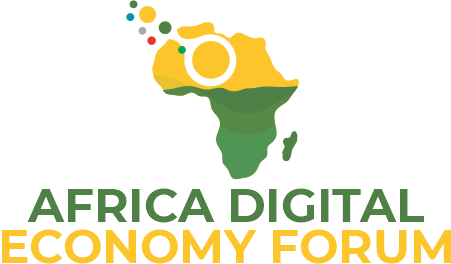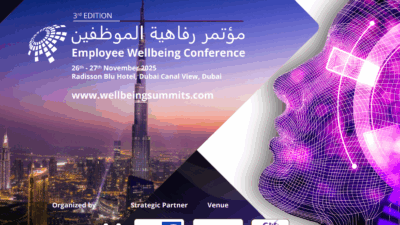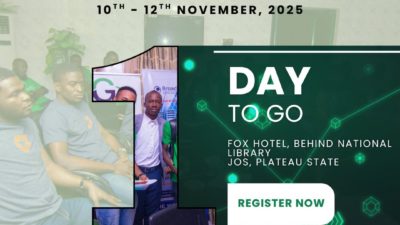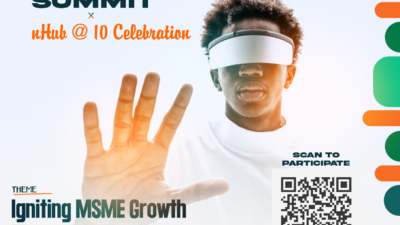By Joel Omeike
Introduction: When Data Whispers and HR Misses the Message
In boardrooms across Africa and beyond, a new question now echoes louder than ever: “What does the data say?” But HR, often buried in exit forms and training attendance sheets, stammers. We have numbers, yes. We even have charts. But insight? Clarity? Recommendations that guide bold business action? Not always.
RELATED: New frontier of Constitutional litigation – unfair discrimination and breach of other fundamental human rights by AI
Too often, HR professionals confuse data with decision support. We produce reports, not revelations. We hand over dashboards, not direction. And in the storm of C-suite conversations, we find ourselves sidelined by Finance, outpaced by Strategy, and misunderstood by Operations.
This article is a call to arms.
Not to learn Python. Not to become data scientists. But to become decision scientists. To translate raw HR data into insight that fuels strategic business conversations. To move from report writers to insight leaders.
Let me show you how.
Section 1: Why Data Alone is Never Enough
Picture this: The CEO stares at your beautifully formatted attrition report. Bars. Percentages. Even a pie chart. Then she looks up and asks: “So what do you want me to do about it?”
This is where most HR reports collapse. Because we confuse reporting with storytelling. We stop at “what happened” and never push forward into “what next” or “what if.”
Key Shift: Descriptive data (what happened) is the starting line, not the finish line.
Let me break this down:
- Descriptive Analytics tells you what has happened. Useful, but not directive.
- Diagnostic Analytics explains why it happened. Stronger, but still rear-view.
- Predictive Analytics reveals what could happen next. Now we’re getting strategic.
- Prescriptive Analytics recommends what to do now. This is the holy grail of HR influence.
Mini-Case: An FMCG HR lead showed the CEO an attrition spike in Q2. But had she layered tenure + manager ID + exit reasons, she’d have spotted the issue was tied to one poor manager. The solution wasn’t a retention policy. It was a leadership intervention.
Takeaway: Every HR report must end with a recommendation. Otherwise, it’s a missed opportunity.
Reflection Prompt: What’s the last HR report you sent that had no clear business action attached?
Section 2: The 4-Step HR Decision Flow that Works
Data isn’t useful until it flows. A stagnant pond breeds confusion. But a flowing river powers decisions. Here is the four-step flow I teach HR professionals across industries:
Step 1: Frame the Right Business Question Don’t ask, “What does the data say?” Ask, “What business decision needs to be made?”
Examples:
- Should we promote internally or hire externally for mid-level roles?
- Which team should we invest in training this quarter?
- Where are we most at risk of regrettable attrition?
Step 2: Organize the Data Logically Use Excel. Yes, Excel. It’s still a powerhouse. Structure the columns clearly. Include only what aligns with the question. Think: Department, Tenure, Age, Manager ID, Engagement Score, Cost Per Hire, etc.
Step 3: Explore the Data Using AI as an Assistant Enter ChatGPT. Not as a magic wand. But as a sounding board. Give it clean data. Ask it smart questions. Example Prompt: “From this dataset, what patterns exist among high-performing teams?”
Step 4: Validate the Insight with Human Judgment ChatGPT is not your boss. It’s your co-pilot. Run every insight through your HR wisdom, organizational context, and business lens.
Pro Tip: Always present insights with confidence, but caveat with context.
Section 3: Three HR Decisions that Desperately need Data
Let’s now explore three battlefield scenarios where data-informed HR can lead the charge.
1. RECRUITMENT FUNNEL ANALYSIS: Why Are Great Candidates Dropping Off? Scenario: The business complains of poor hires despite a high application volume.
Data to Collect:
- Application source
- Interview stage reached
- Assessment score
- Offer acceptance
Insight to Seek:
- Which sources yield top scorers?
- Where in the funnel are strong candidates lost?
Recommended Prompt: “Analyze this recruitment data and identify the stage with the highest drop-off among high-scoring candidates.”
Business Impact: Redirect budget to high-yield sources and plug funnel leaks. That’s not HR. That’s strategy.
2. ATTRITION RISK PREDICTION: Who Might Leave Next, and Why? Scenario: Leadership is tired of being shocked by resignations.
Data to Collect:
- Department
- Age
- Tenure
- Manager ID
- Exit Reason
Insight to Seek:
- Patterns by department or manager
- Seasonal or tenure-related trends
Recommended Prompt: “Based on this attrition dataset, what common features do employees who exited within the last 6 months share?”
Business Impact: Proactive retention plans. Early warning systems. Data becomes foresight.
3. TEAM PERFORMANCE MAPPING: What Makes a Team Truly High-Performing? Scenario: Management wants to replicate top team success.
Data to Collect:
- Team Name
- Engagement Score
- Project Delivery Score
- Absence Rate
- Manager Tenure
Insight to Seek:
- Common attributes of top-performing teams
- Are top teams linked to experienced managers or low absenteeism?
Recommended Prompt: “From this team performance data, what variables correlate most with project success?”
Business Impact: Scale excellence. Invest wisely. Promote leaders who replicate success.
Section 4: Why ChatGPT isn’t a Threat — It’s a Strategic Mirror
Let’s be clear: ChatGPT isn’t here to replace HR. It’s here to amplify HR judgment — to sharpen, not to substitute.
Yet many HR professionals hesitate. They say, “I don’t want AI to make my decisions.” Good. It shouldn’t. But it should guide your thinking by pointing you to patterns, questions, and angles you may have missed.
Use it like a mirror, not a map. You bring the business problem and HR context. ChatGPT brings speed, synthesis, and structured thinking.
Here’s how to use it effectively:
- Start with a clean Excel sheet. Name your columns. Remove noise. Organize like a consultant would.
- Feed it the business question, not just the data. Example: “What insights can you derive to help us reduce regrettable attrition?
- Ask follow-up questions. Dig deeper: “What might be driving this pattern?” or “What assumptions might this overlook?”\
- Sense-check before sharing. Does the insight make sense in your context? What might you reword, reframe, or ignore?
The real win? You become 5x faster and 10x sharper — without losing your professional edge.
Takeaway: You don’t need to know how AI works. You need to know what to ask, how to validate, and when to act.
Section 5: How to Build a Decision-Support Habit as an HR Leader
Transformation isn’t an event. It’s a habit. So if you’re ready to make data analytics your superpower, here’s how to start without overwhelm:
1. Build a 3-Question Dashboard Culture
For every HR initiative, report, or slide, ask:
- What decision does this inform?
- What risk does this highlight?
- What action do I recommend?
Teach your team to ask the same. If there are no answers to those three, the report is noise — not insight.
2. Run a Monthly “Insight Friday” with Your HR Team
Pick one business problem. Pull simple data. Run it through the 4-step decision flow:
- Define the business question
- Organize a small dataset
- Analyze with ChatGPT
- Present a 3-line recommendation
Let this become your lab. Insight grows through repetition, not perfection.
3. Create a “Prompt Bank” for Common HR Scenarios
Turn business questions into reusable ChatGPT prompts. Examples:
- “Based on this training feedback data, which courses had the lowest ROI?”
- “From this exit data, what attrition patterns are emerging by manager or department?”
- “What team attributes align most with project success in this dataset?”
Store them. Share with your team. Prompt fluency is the new HR currency.
4. Partner with Business, Not Just HR
Once a month, take your insight to Finance, Sales, or Operations. Share something they didn’t know. Position HR as the voice of workforce intelligence.
That’s how you earn influence: Not just with data. But with business-relevant insight, shared boldly.
Section 6: From HR Reactivity to Business Leadership
In every organization, someone will lead the conversation about workforce decisions.
If it’s not HR, it’ll be Finance. If it’s not Finance, it’ll be the COO. And if no one owns it, the business will drift, reacting instead of shaping.
This is your moment, HR.
The boardroom doesn’t need another report. It needs a partner. One who brings workforce clarity to complexity. One who can say, “Here’s what the data suggests — and here’s what I recommend.”
That’s the future of HR leadership. And it’s not about tools. It’s about thinking.
You don’t need Python. You need courage. You don’t need dashboards. You need direction. You don’t need more data. You need decisions.
Conclusion: The New HR Power is Clarity
There’s a reason Solomon was considered wise — he understood that the right insight, at the right moment, can govern kingdoms.
You don’t need to rule kingdoms. But you can shape companies.
And it begins with moving from report writing to decision leadership. From descriptive data to decisive action. From being informed to being influential.
Let today be the day HR stops whispering insights in dark corners — and starts owning the business conversation.
Let data speak. Let you, The HR Leader, decide what it means.
Call to Action
- Want to build this mindset across your HR team or leadership function
- Invite Joel Omeike, The HRGodFather, to lead a strategic insight session for your HR department or C-Suite.
- Connect with P4PE Institute for tailored advisory, workshops, and real-data simulations to build your HR analytics muscles.
Joel Omeike. The HRGodfather | Trusted Advisor | Certified Business Value Builder | Global HR Professional | Speaker | Trainer & Coach | Author | Data Analyst | Investor

